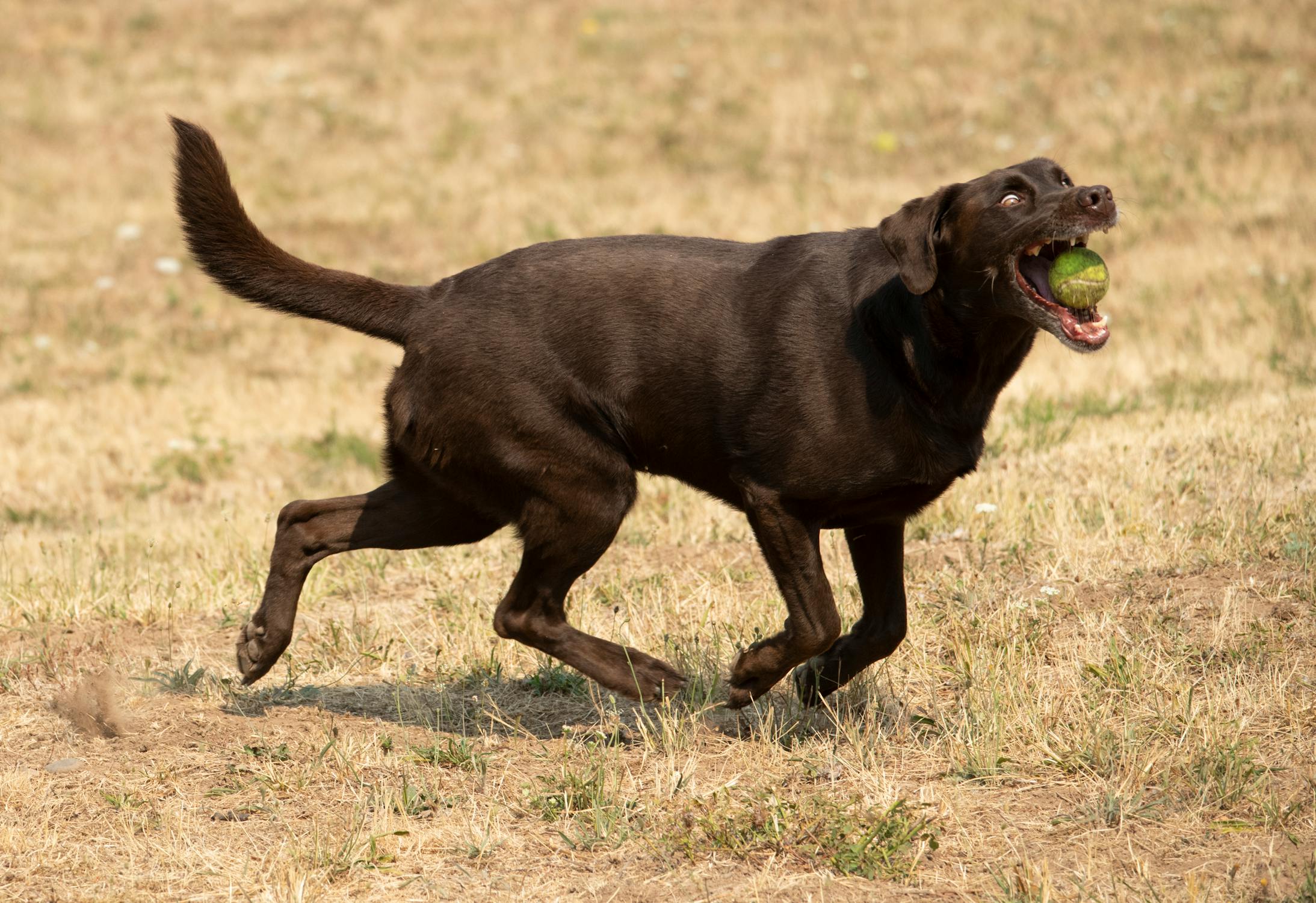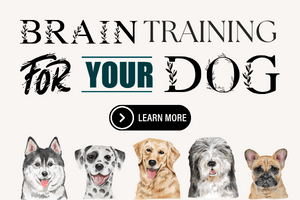
Are you eager to embark on the journey of training your furry companion? Training and socialization are fundamental needs for your dog’s well-being and your peace of mind. Initiating dog training promptly is key to instilling essential commands like sit, stay, come, crate training, and outdoor potty habits. The good news is that even as a beginner, you can take the reins of your dog’s education. Let’s delve into a comprehensive guide that will empower you to master dog training step by step.
Start a Dog Obedience Program

Establishing a solid foundation is the cornerstone of successful dog training. Before diving into specific commands, it’s crucial to have a well-rounded obedience program in place. This serves as the groundwork for all subsequent training endeavors.
Train Your Dog Using Games

Training sessions should be enjoyable experiences for both you and your dog. Incorporating games into your training regimen not only makes learning more engaging but also strengthens the bond between you and your canine companion. Here are some fun games to consider:
- Fetch: A classic game that helps improve your dog’s retrieval skills and responsiveness.
- Hide and Seek: Enhances your dog’s ability to locate and follow scents, stimulating their mental acuity.
- Tug of War: A great way to teach your dog impulse control and establish boundaries.
Six Weeks to a Well-Trained Dog

Are you looking for a timeline to gauge your progress? Consider the “Six Weeks to a Well-Trained Dog” schedule as your roadmap to success. By following this guide, you can expect to teach your dog the fundamentals within approximately six weeks.
The Power of Positive Reinforcement

When it comes to training methods, professionals unanimously favor positive reinforcement. This approach focuses on rewarding desired behaviors, making it not only effective but also humane. By using treats, praise, and affection, you motivate your dog to repeat behaviors you want to reinforce.
Now, let’s dive deeper into the core aspects of dog training:
House and Crate Training

House Training
House training, often referred to as potty training, is an essential early lesson. Here’s a brief breakdown:
- Establish a Routine: Consistency is key. Take your dog outside at regular intervals, especially after meals and waking up.
- Positive Reinforcement: Praise and reward your dog when they eliminate outside.
- Accidents Happen: Be patient. Accidents indoors are part of the learning process; avoid scolding your dog.
Crate Training
Crate training provides your dog with a safe and secure space. Here’s how to go about it:
- Choose the Right Crate: Ensure it’s the appropriate size, allowing your dog to stand, turn, and lie down comfortably.
- Gradual Introduction: Start with short periods in the crate, gradually extending the time as your dog gets accustomed.
- Positive Association: Make the crate a positive place by offering treats and toys inside.
Leash Training

Leash training is vital for safe and enjoyable walks with your dog. Here’s a concise guide:
- Proper Equipment: Use a well-fitted harness or collar and a standard leash.
- Introduce the Leash: Let your dog get accustomed to the leash indoors before venturing outside.
- Positive Walks: Reward your dog for walking beside you without pulling.
Socializing

Socialization is the process of exposing your dog to various people, animals, and environments. This helps them become well-adjusted and confident. Consider these tips:
- Start Early: Begin socialization during your dog’s puppyhood to build a strong foundation.
- Positive Experiences: Ensure that social interactions are positive and not overwhelming.
- Consistency: Continue socializing throughout your dog’s life to maintain their social skills.
Clicker Training

Clicker training is a precise and effective way to communicate with your dog. Here’s a brief overview:
- Acquire a Clicker: Purchase a clicker or use a distinct word as a cue.
- Pair with Rewards: Click and immediately reward desired behaviors.
- Be Consistent: Timing and consistency are crucial for effective clicker training.
Basic Commands
Teaching basic commands is essential for safety and communication. Here are key commands to prioritize:
- Sit
- Stay
- Come
- Down
- Leave It
Proofing Behaviors
Once your dog has mastered basic commands, it’s important to generalize these behaviors in different settings and situations. This process, known as “proofing,” ensures that your dog can obey commands reliably, regardless of distractions or environments.
Advanced Training
Beyond basic commands, you can explore advanced training to challenge and stimulate your dog’s intellect. Consider agility training, scent work, or even specialized training for specific tasks or careers.
Conclusion
In conclusion, dog training is a rewarding journey that strengthens the bond between you and your four-legged friend. By following these comprehensive guidelines and remaining patient and consistent, you can successfully train your dog to be a well-behaved and happy companion.
Remember that every dog is unique, and progress may vary. Tailor your training approach to suit your dog’s personality and needs. With dedication and positive reinforcement, you’re well on your way to having a well-trained and well-loved canine companion.









Can you be more specific about the content of your article? After reading it, I still have some doubts. Hope you can help me.